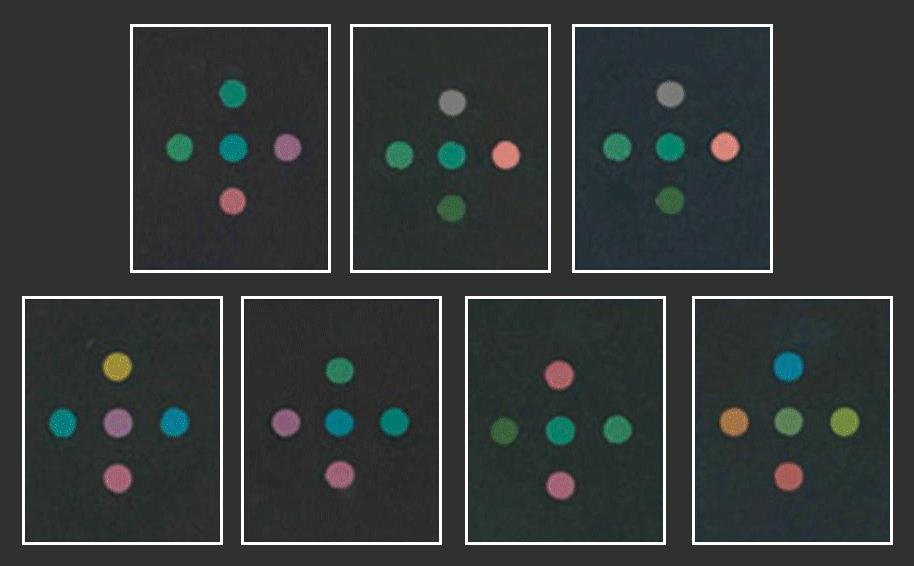City University Test
Deprecated: mb_convert_encoding(): Handling HTML entities via mbstring is deprecated; use htmlspecialchars, htmlentities, or mb_encode_numericentity/mb_decode_numericentity instead in /var/www/wptbox/wp-content/plugins/wppedia/core/classes/modules/class-cross-link-content.php on line 187
Deprecated: mb_convert_encoding(): Handling HTML entities via mbstring is deprecated; use htmlspecialchars, htmlentities, or mb_encode_numericentity/mb_decode_numericentity instead in /var/www/wptbox/wp-content/plugins/wppedia/core/classes/modules/class-cross-link-content.php on line 187
Deprecated: mb_convert_encoding(): Handling HTML entities via mbstring is deprecated; use htmlspecialchars, htmlentities, or mb_encode_numericentity/mb_decode_numericentity instead in /var/www/wptbox/wp-content/plugins/wppedia/core/classes/modules/class-cross-link-content.php on line 187
Deprecated: mb_convert_encoding(): Handling HTML entities via mbstring is deprecated; use htmlspecialchars, htmlentities, or mb_encode_numericentity/mb_decode_numericentity instead in /var/www/wptbox/wp-content/plugins/wppedia/core/classes/modules/class-cross-link-content.php on line 187
Deprecated: mb_convert_encoding(): Handling HTML entities via mbstring is deprecated; use htmlspecialchars, htmlentities, or mb_encode_numericentity/mb_decode_numericentity instead in /var/www/wptbox/wp-content/plugins/wppedia/core/classes/modules/class-cross-link-content.php on line 187
Deprecated: mb_convert_encoding(): Handling HTML entities via mbstring is deprecated; use htmlspecialchars, htmlentities, or mb_encode_numericentity/mb_decode_numericentity instead in /var/www/wptbox/wp-content/plugins/wppedia/core/classes/modules/class-cross-link-content.php on line 187
Deprecated: mb_convert_encoding(): Handling HTML entities via mbstring is deprecated; use htmlspecialchars, htmlentities, or mb_encode_numericentity/mb_decode_numericentity instead in /var/www/wptbox/wp-content/plugins/wppedia/core/classes/modules/class-cross-link-content.php on line 187
Deprecated: mb_convert_encoding(): Handling HTML entities via mbstring is deprecated; use htmlspecialchars, htmlentities, or mb_encode_numericentity/mb_decode_numericentity instead in /var/www/wptbox/wp-content/plugins/wppedia/core/classes/modules/class-cross-link-content.php on line 187
Deprecated: mb_convert_encoding(): Handling HTML entities via mbstring is deprecated; use htmlspecialchars, htmlentities, or mb_encode_numericentity/mb_decode_numericentity instead in /var/www/wptbox/wp-content/plugins/wppedia/core/classes/modules/class-cross-link-content.php on line 187
Deprecated: mb_convert_encoding(): Handling HTML entities via mbstring is deprecated; use htmlspecialchars, htmlentities, or mb_encode_numericentity/mb_decode_numericentity instead in /var/www/wptbox/wp-content/plugins/wppedia/core/classes/modules/class-cross-link-content.php on line 187
Deprecated: mb_convert_encoding(): Handling HTML entities via mbstring is deprecated; use htmlspecialchars, htmlentities, or mb_encode_numericentity/mb_decode_numericentity instead in /var/www/wptbox/wp-content/plugins/wppedia/core/classes/modules/class-cross-link-content.php on line 187
Also called The City University Colour Vision Test or TCU Test; A screening tool for CVD devised by the Department of Optometry and Visual Science in the City University of London in 1977. A 2nd edition in 1980 fixed some of the criticisms of the 1st edition, and it is still a common screening alternative to the Ishihara Test.
It uses the colors of the D-15 test. To solve each plate, the examinee indicates which of the outer 4 colors best match the center color. Of the four colors, the correct choice is an ‘adjacent color’ and the other three represent colors of confusion for each of the types of CVD (protan, deutan and tritan). The test is therefore not only able to detect blue-yellow and red-green CVD, but is able to identify the type as well as an approximate severity of the deficiency.
It is considered easier to pass than the Ishihara test (Birch 1997).
